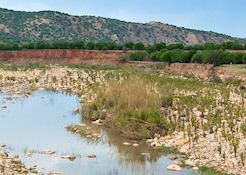Oklahoma Tour Reveals Total Devastation
One of the most powerful tornadoes in history slammed into Moore, Oklahoma May 20, 2013 killing 23 people, including seven children from Plaza Towers Elementary School, and injuring 377 others. As a native of the Midwest, I’ve experienced a few tornadoes in my life, but nothing prepared me for the total devastation caused by this […]

One of the most powerful tornadoes in history slammed into Moore, Oklahoma May 20, 2013 killing 23 people, including seven children from Plaza Towers Elementary School, and injuring 377 others. As a native of the Midwest, I’ve experienced a few tornadoes in my life, but nothing prepared me for the total devastation caused by this F5 tornado that is said to have reached winds of 210 miles per hour and left a swath of destruction several miles long and over a mile wide.
For disaster philanthropists, tornadoes are a fascinating contrast to hurricanes and present a different set of issues. Hurricanes take several days to form, and residents in the path of a hurricane have sufficient time to prepare. In contrast, residents of Moore had approximately 15 minutes’ warning before the tornado hit.
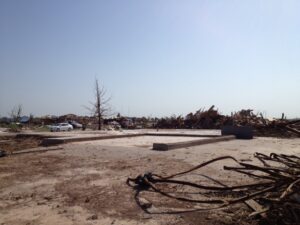
Hurricanes are usually hundreds of miles wide and affect multiple jurisdictions and sometimes several states at once. The physical damage is often widespread. The destruction of a tornado is much more pinpointed. Most of the Oklahoma City area was unaffected by the tornado and most commercial and retail establishments were untouched, meaning residents of Moore didn’t need to go far to get help. Hurricanes tend to be one-time events (until the next one) whereas the Moore tornado was one of a series of tornadoes and unsettled weather warnings over a 10-day period.
To learn more about this tragic event, I traveled to Oklahoma City to meet with Nancy Anthony, president and CEO of the Oklahoma City Community Foundation and took a tour of Moore with Cathy Nestlen from OCCF and Deidre Ebrey and Jack Poe of the City of Moore.
In advance of my trip I received questions from 10 foundations representatives and I used those questions to guide my discussion with Nancy.
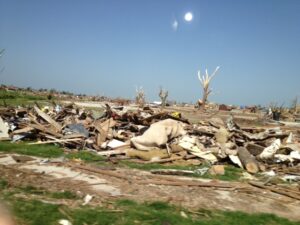
Q: WHAT IS THE STATUS IN MOORE TODAY?
A: All of the residents that lost homes are now in long-term, temporary housing and all the shelters have been closed. About 40 percent of the debris has been cleaned up.
Q: WHAT ARE THE UNMET NEEDS?
A: It’s still too early to tell. Most of the homes that were destroyed were insured and some homes are already being rebuilt. Local leaders are still trying to assess what parts of the rebuilding will be covered by FEMA and state resources. Case management assignments will begin soon and that is likely to give us an idea of current and future mental health needs.
Q:WHAT ARE LOCAL FUNDERS DOING?
A: Because of the frequency of tornadoes, both the Oklahoma City Community Foundation and the Tulsa Community Foundation have permanent Tornado Recovery Funds. This is where most of the donations they are receiving are being invested. OCCF is also in discussions with the City of Moore about creating a Moore Tornado Relief Fund. A meeting of all community resource leaders is scheduled for mid-July to begin to coordinate rebuilding efforts. This could be the beginning of a new level of philanthropic collaboration.

Q: HAVE NONPROFIT ORGANIZATIONS RECEIVED ADEQUATE SUPPORT?
A: Most local relief and response support is going through the local United Way, which has purportedly received over $25 million. The Red Cross has also received $25 million in contributions.
According to Nancy, the best thing to do now is to wait. It’s still too early to know what the unmet needs will be. A local long-term recovery committee has been organized to address this issue and I attended one of their first organizational meetings last week. A difficult question to answer will be what of the unmet needs should be part of the appropriate charitable response.
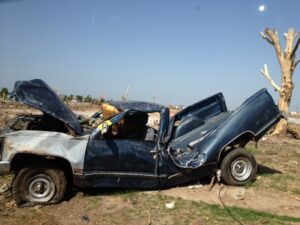
An update from the Oklahoma City Community Foundation can be found here.
Please continue to let us know your questions, concerns and ideas about recovery in Moore. We’ll be planning a webinar in the next few months to further explore how funders can support the long-term needs of Moore residents.
More like this
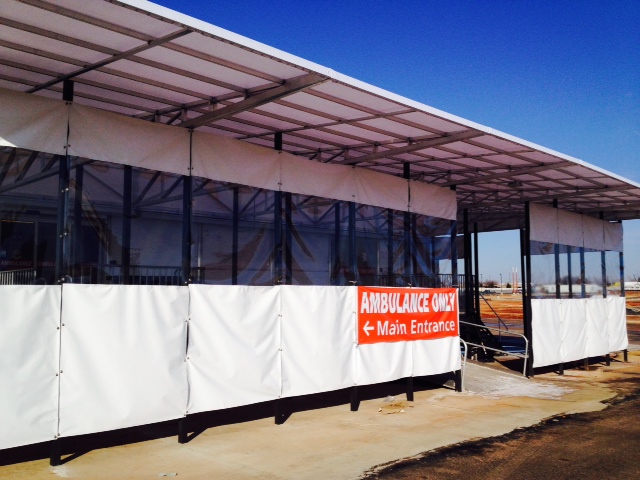
Things in Moore, Oklahoma Are Looking Up
